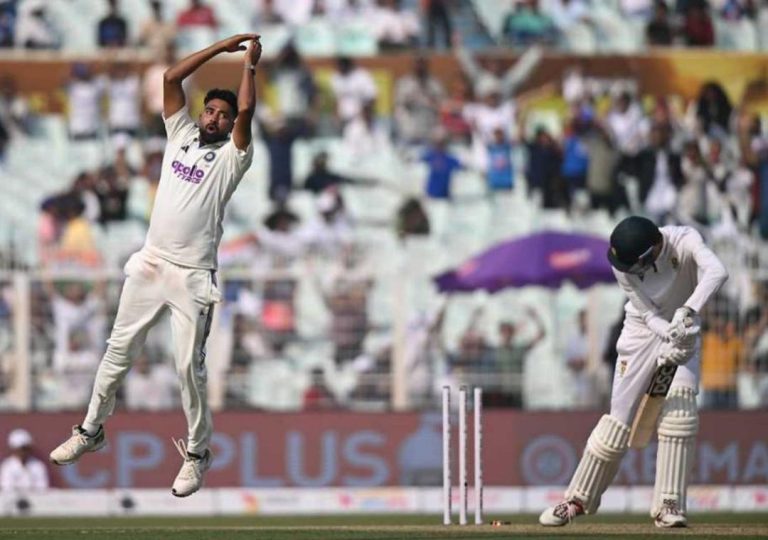
Ravindra Jadeja Compares Captaincy in T20 & Test Format
Ravindra Jadeja, the Indian cricketer, recently sat down with his teammate R Ashwin for a conversation about the challenges of captaincy in different formats of the game. The discussion highlighted the differences between leading a team in Test cricket and T20 Internationals (T20Is). Jadeja’s insights provided valuable insights into the nuances of captaincy in these two formats, and how they require distinct approaches.
In Test cricket, Jadeja emphasized the importance of adapting to the situation and the bowlers’ needs. “In Test cricket, you have to change two-three fielders as per the need of the bowler,” he said. This flexibility is crucial in Test cricket, where the game can stretch over five days and the conditions can change drastically. A captain needs to be able to adjust their field settings and tactics to suit the bowling style and the opposition’s strengths.
Jadeja described captaincy in Test cricket as “simple, but calculative.” This means that while the game may not be as fast-paced as T20I, a captain still needs to make strategic decisions to outmaneuver their opponents. The margin for error is smaller in Test cricket, and a captain’s mistakes can be costly. However, Jadeja believes that the simplicity of Test cricket allows for a more calculated approach, where a captain can focus on making smart decisions rather than reacting to every moment.
In contrast, Jadeja described T20I cricket as a format where “every ball is an event.” This emphasis on each delivery being crucial highlights the high-pressure nature of T20 cricket. A captain in T20I cricket needs to be able to think on their feet and make quick decisions, often based on the flow of the game and the opposition’s strategy.
Jadeja’s comments highlighted the challenges of adapting to these two formats, and how a captain needs to be able to switch between different mindsets. In Test cricket, a captain needs to be able to think strategically and plan ahead, while in T20I cricket, they need to be able to react quickly and make tactical decisions on the fly.
The differences between Test and T20I cricket are not only limited to the game’s pace and pressure. The roles of individual players also change significantly between the two formats. In Test cricket, a bowler may need to be able to bowl long spells and provide support to their teammates, while in T20I cricket, they may need to be able to bowl short spells and target specific batsmen.
Jadeja’s experience as a captain in both formats has given him a unique perspective on the challenges of leadership. As a player who has captained teams in both Test and T20I cricket, he has had to adapt to different situations and strategies. His comments provide valuable insights into the mind of a captain in different formats, and how they need to be able to adapt to the changing circumstances of the game.
In conclusion, Ravindra Jadeja’s comments on the differences between captaincy in Test and T20I cricket highlight the distinct challenges and pressures of each format. A captain needs to be able to adapt to different situations and strategies, and be able to think strategically in Test cricket, while reacting quickly in T20I cricket. Jadeja’s experience as a captain has given him a unique perspective on the challenges of leading a team, and his insights provide valuable insights for fans and players alike.






